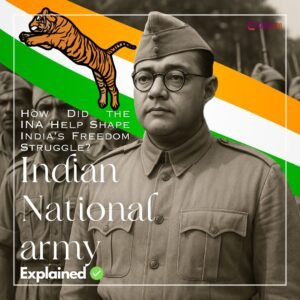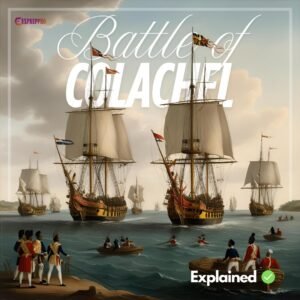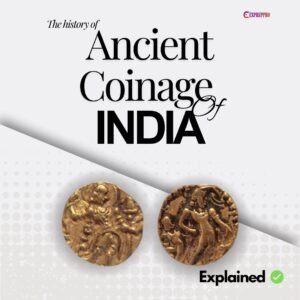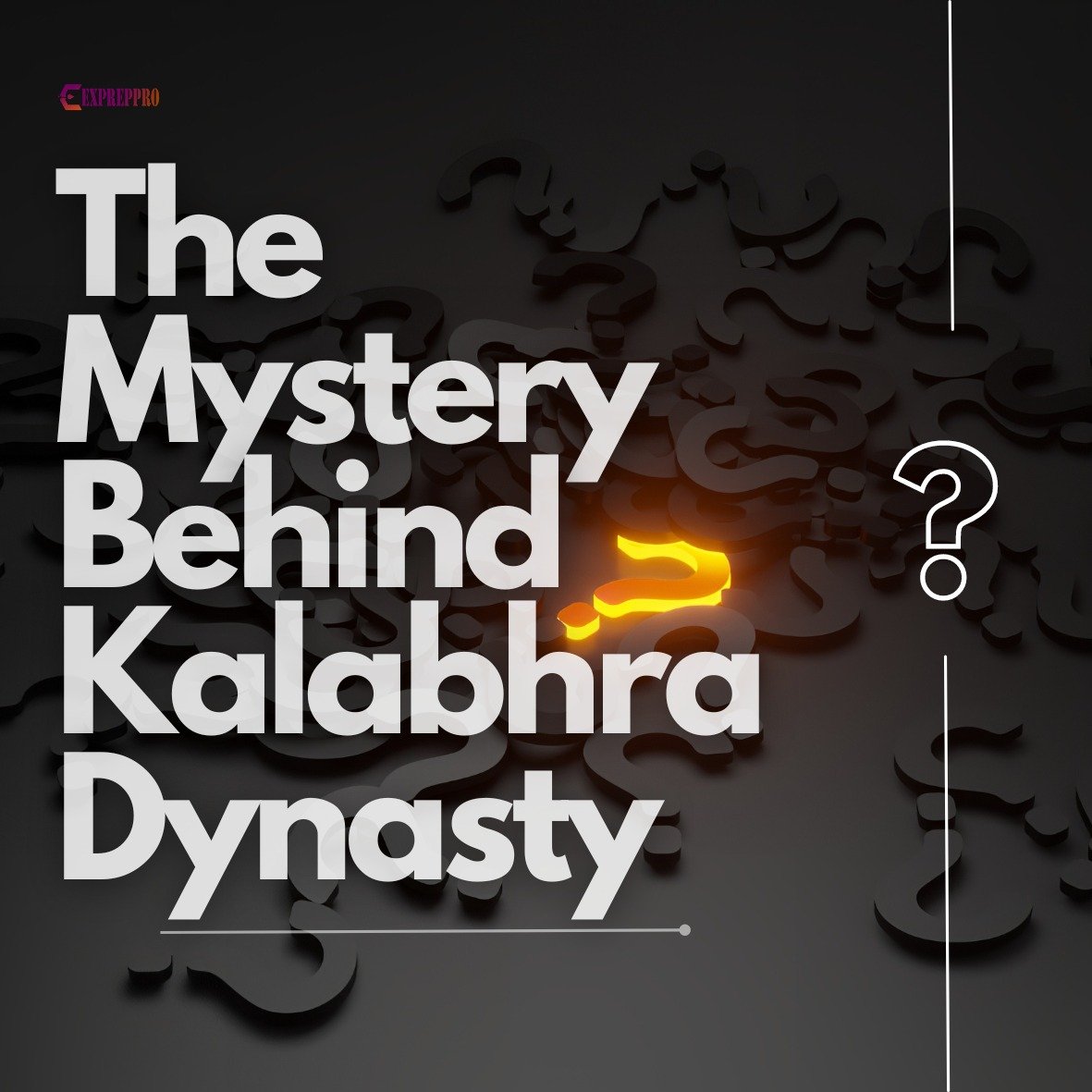
Even though the history of Tamil Nadu is meticulously recorded from the prehistoric period, there is a mysterious gap or an enigma after the Sangam period. This period lacks dependable, authentic recorded evidence. This gap period is known as the “Kalabhra period” or “Kalabhra interregnum” or “dark period“.
INTRODUCTION
The first recorded clue about this period comes from the Velvikkudi copper plate inscription( bi-lingual, Tamil and Sanskrit) of the Pandya king, Kadungon. According to this inscription, Pandya king Kadungon uprooted the Kalabhra rule and liberated a large occupied area.
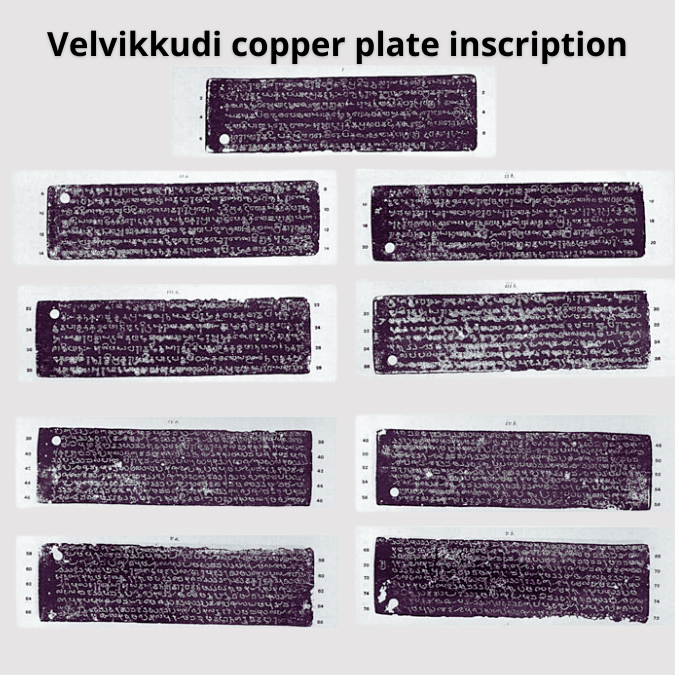
Based on the statements recorded in the Kadugon’s Velvikku1di copper plates, historians place the Kalabhra period between the third century A.D and the sixth century A.D.
From the sixth century onwards, two dynasties came into prominence
- The Pandya dynasty under Kadungon in South Tamil Nadu.
- The Pallava dynasty under Simhavishnu in the Northern Tamil Nadu.
These two dynasties are responsible for putting an end to the Kalabhra rule.
ORIGIN OF KALABHRA RULERS
Many scholars have proposed theories regarding their origin. Some scholars believe they were indigenous people, while others claim foreign origin.
Researchers tried to connect two words, Kalabhras and Kalappalar, which occur in later inscriptions. However, according to T.V Sadasiva Pandarathar (Tamil historian), Kalappalar are indigenous people. To prove his point, he pointed out that there is a place called Kalappaz near Tanjaore. He also quoted Periyapuranam to back his theory. Later, the theory was rejected when Dalavaipuram copper plates were discovered. The copper plates reveal that Kaligarasan of Chinnamanur grant and Kalappalar of Dalavaipuram grant are the same. Kalappazhar can also be spelt or written as Kalappalar.
According to K.P Aravanan, the Kalabhras were Tamils and not outsiders. M. Ragava Iyengar claims that they are peasant Kalappalars belonging to Tamil Nadu and not outsiders.
An alternate theory claims they originated from Chandragiri in Karnataka (the same place related to Maurya emperor Chandra Gupta Maurya). In the old days, Chandragiri was called “Kalappupedda“, and the Jain work “Vattaradane” supports the place’s name. Later, they moved to Nandi Hills and Venkata Hill in Tamil Nadu. If K.R. Venkatarama Iyer is correct, Kalabhras were driven out by Kadamdas, So they moved to Tamil Nadu.
Some historians, like Sreenivas Iyengar, consider them small rulers of Tamil Nadu because Chola and Pandya kings praise them in some Tamil verses.
Apart from these views, some historians believe they are Jain followers from the Kolar district of Karnataka.
According to historian Upinder Singh, the inscriptions refer to a period of political and social dislocation caused by Kalabhra and have been variously identified with Mutalaraayar (Mutalaraiyar) rulers of Kodumbalur, Kalappalars belonging to the Vellala community, and Kalavar chieftains.
GEOGRAPHICAL TERRITORY OF KALABHRA RULERS
They ruled an area from the Tirupathi hills to Kanyakumari. At the peak of their power, their rule also extended to Srilanka. Kaveripattanam was not only their capital but also developed into a maritime centre.
Velvikkudi copper plates also state that “ Kalabhras defeated many earlier kings“. This statement supports their geographical domain from the North to the South of Tamil Nadu.
RELIGIOUS AFFILIATION
Even though it is challenging to recognise their religion, most scholars believe that they were Jain followers and were anti-Bhramanical in their activities.
The philosophical work called “Sivagnanabodam” by Meykandar claims that the Kalabhra king Accyutan was a Jain or Vaishnavite( some verses support Jainism, and some other verses support Vaishnavism). He may have patronised all religions, including Buddhism.
Vaishnava saint Tirumangai Alvar is believed to have a Kalabhra lineage since he had an honorific, “Parakala”( scholars who endorse Vaishavism support this point).
The Saiva saint Kurruva Nayanar (Kutruva Nayanar) is believed to have belonged to the Kalabhra lineage. Literary works like “Tiruttondar Puranam” and “Tiruthonda Thogai” support this claim.
Based on the claims and facts, we can cautiously put forth the view that in the earlier period, they were Jains but patronised Saivaism in the latter period.
OTHER EPIGRAPHS THAT MENTIONED KALBHRAS
Apart from Velvikkudi copper plates, the following grants and inscriptions mention Kalabhras.
Kuram grants of Parameswara Varman confirm the victory against Kalabhras by the Pallavas.
According to Kasakkudi copper plates, Simhavishnu, the father of Mahendra Varman I, defeated the Kalabhras, the Malvas, The Cholas, the Pandyas, the Singala and the Kerala rulers.
According to the Pattattalmangalam copper plates, Nandivarman Pallavamalla defeated Kalabhras.
Senthalaithun inscriptions mention about one big Biduga Mutharaiyan Kalvar. Kalvan is believed to be from the Kalabhras.
Thirupugalur inscriptions also mention the Kalabhras. It mentions on Nerkuram Kilar, a Khalabhra king.
Vaikunda Perumal inscriptions at Kanchi mention the name Mutharaiyan. Some historians believe that Muttaraiyan is the descendant of Kalabhras.
CONCLUSION
Apart from the above-mentioned facts and claims, their history is a real mystery.

